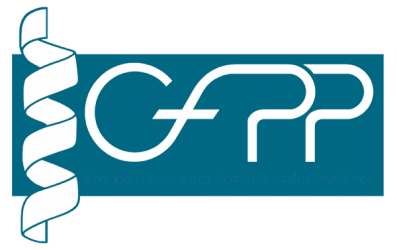Six conformationally locked versions of the peptide Aurein1.2 were synthesized through hydrocarbon stapling modification and evaluated for their physicochemical and antifungal parameters. SAU2-4 had significantly improved helicity levels, protease resistance, and antifungal activity compared to the template linear peptide Aurein1.2.
Aurein1.2 is secreted by the Australian tree frog Litoria aurea and is active against a broad range of infectious microbes including bacteria, fungi, and viruses. Its antifungal potency has garnered considerable interest in developing novel classes of natural antifungal agents to fight pathogenic infection by fungi. However, serious pharmacological hurdles remain, hindering its clinical translation. To alleviate its susceptibility to proteolytic degradation and improve its antifungal activity, six conformationally locked peptides were synthesized through hydrocarbon stapling modification and evaluated for their physicochemical and antifungal parameters. Among them, SAU2-4 exhibited significant improvement in helicity levels, protease resistance, and antifungal activity compared to the template linear peptide Aurein1.2. These results confirmed the prominent role of hydrocarbon stapling modification in the manipulation of peptide pharmacological properties and enhanced the application potential of Aurein1.2 in the field of antifungal agent development.


